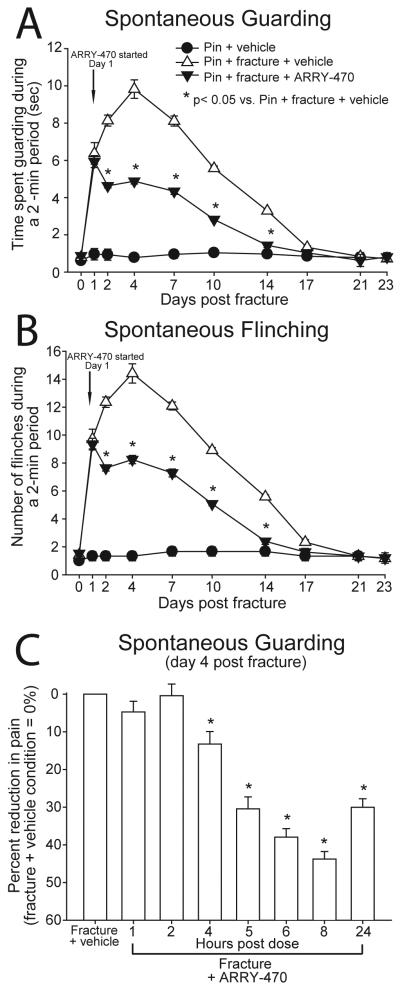Figure 2. Chronic administration of a Trk inhibitor significantly reduces bone fracture pain-related behaviors.
The time spent guarding (A) and number of spontaneous flinches (B) of the fractured limb over a 2-minute observation period were used as measures of ongoing pain following mid-diaphyseal fracture of the left femur. The Trk inhibitor ARRY-470 (30 mg/kg, p.o.) was administered twice daily, 1 hour prior to behavioral analysis beginning on day 1 post fracture. Note that ARRY-470 significantly reduced both ongoing fracture pain-related behaviors 2, 4, 7, 10, and 14 days following fracture. ARRY-470 (30 mg/kg, p.o.) was administered once at time 0 and again at 4 hours following the initial dose on day 4 post-fracture. The time spent guarding the fractured limb over a 2-minute observation period was used as a measure of ongoing pain 0, 1, 2, 4, 5, 6, 8 and 24 hours after mid-diaphyseal fracture of the left femur (C). Administration of the Trk inhibitor, ARRY-470, (30 mg/kg, p.o.) significantly reduced ongoing fracture pain 4, 5, 6, 8 and 24 hours following initial dose and achieved approximately 50% pain reduction by 8 hours following initial dose. Results represent the mean ± SEM using an n≥7 for each experimental group.

